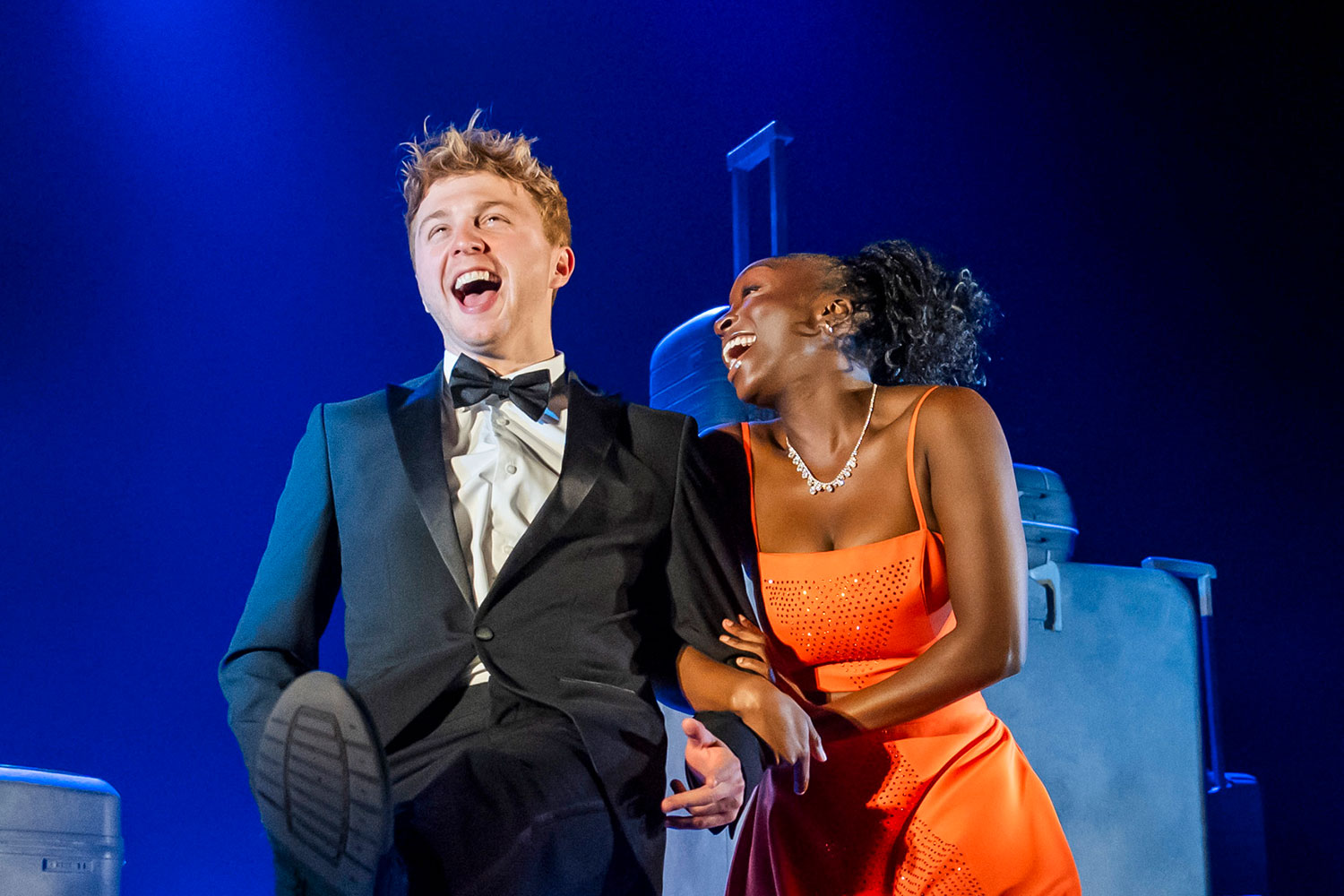Pelléas et Mélisande
Theatre des Champs-Elysees at Barbican Hall
In this visiting performance from the Théâtre des Champs-Elysées in Paris, the central trio were played with the utmost skill and definition. Simon Keenlyside’s excitable Pelléas and Laurent Naouri’s gaunt, haunted Golaud vied for the affections of a Mélisande who, in Natalie Dessay’s portrayal, was both inscrutable sphinx and fragile sprite. Dessay’s contained interpretation was every bit as scrupulous as her more famously showy appearances as, say, Marie or Lucia, for the character of Mélisande is fundamentally a lexicon of unanswered questions and the enigma of her being is what drives the drama. Naouri (Dessay’s real-life husband), on the other hand, used every muscle of his mobile face to turn the concert platform into a theatrical stage with a reading that displayed the most detailed understanding of his role. Golaud’s explosion of jealousy in Act Four was hair-raising, yet throughout the evening Naouri’s gradual creation of a fundamentally good man had earned such sympathy that he was able to touch the heart in Act Five with his lament, ‘Je t’ai fait tant de mal, Mélisande’.
Keenlyside, singing in impeccable French, opted for youthful passion over fervent adoration in order to point up the contrast between the two half-brothers’ relationship with the strange young woman. Here again, the characterisation was precise, for presenting Pelléas as a hothead enhances his innocence in playful love scenes and makes him less likely to ask probing questions of the enigmatic Mélisande.
Debussy weaves the poetry of Maeterlinck’s text so closely into the fabric of his sound world that the opera benefits hugely when, as here, the cast is predominantly francophone. Every minor role was sung and characterised with wonderful definition. Marie-Nicole Lemieux and Alain Vernhes gave stylish accounts as Geneviève and old Arkel respectively, while any disappointment that Yniold would not be sung by a treble was swept aside by Khatouna Gadelia’s convincingly boyish performance.
On the podium, Louis Langrée trod a middle path between the romanticism of Karajan and the asceticism of Boulez. The visual impact of for once seeing the musicians at work on Debussy’s filigree orchestration was theatre in itself, and the conductor’s attention to balance was meticulous, given that Debussy’s orchestra had moved from pit to stage. Langrée didn’t so much support the singers as cradle them; only in the ravishingly played interludes did he allow the Orchestre de Paris to let rip.
In a preface to Pelléas, Debussy himself wrote that “by a strange irony, a public which demands ‘something new’ is the very audience that is baffled and contemptuous whenever someone tries to draw them away from their humdrum habits”. That may explain the solitary, moronic boo at the end of this marvellous account of a great and profound score.
– Mark Valencia










